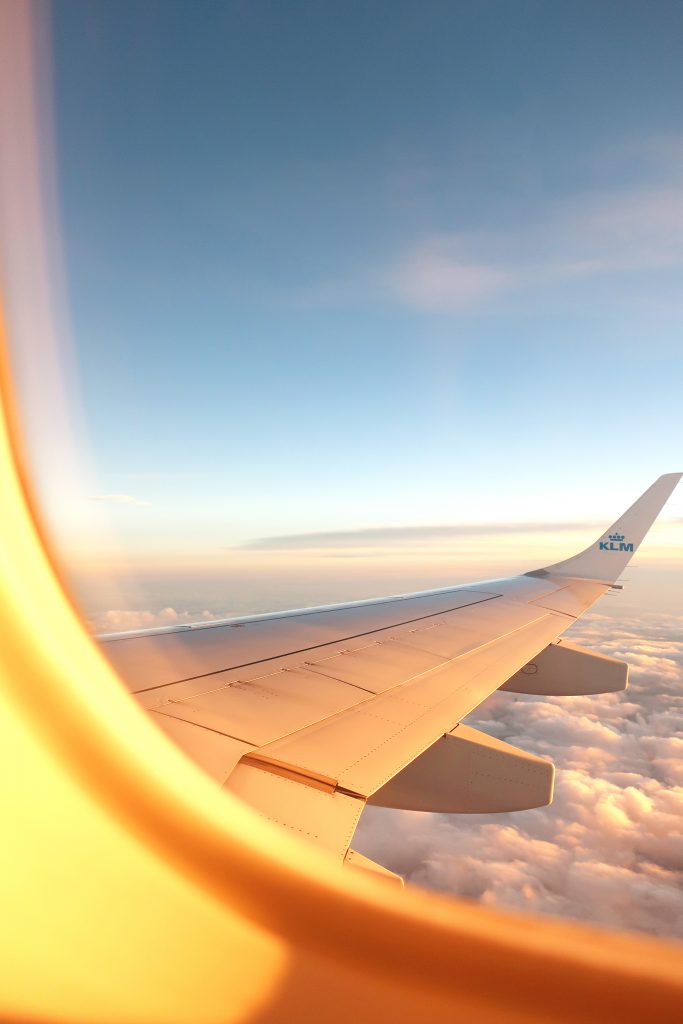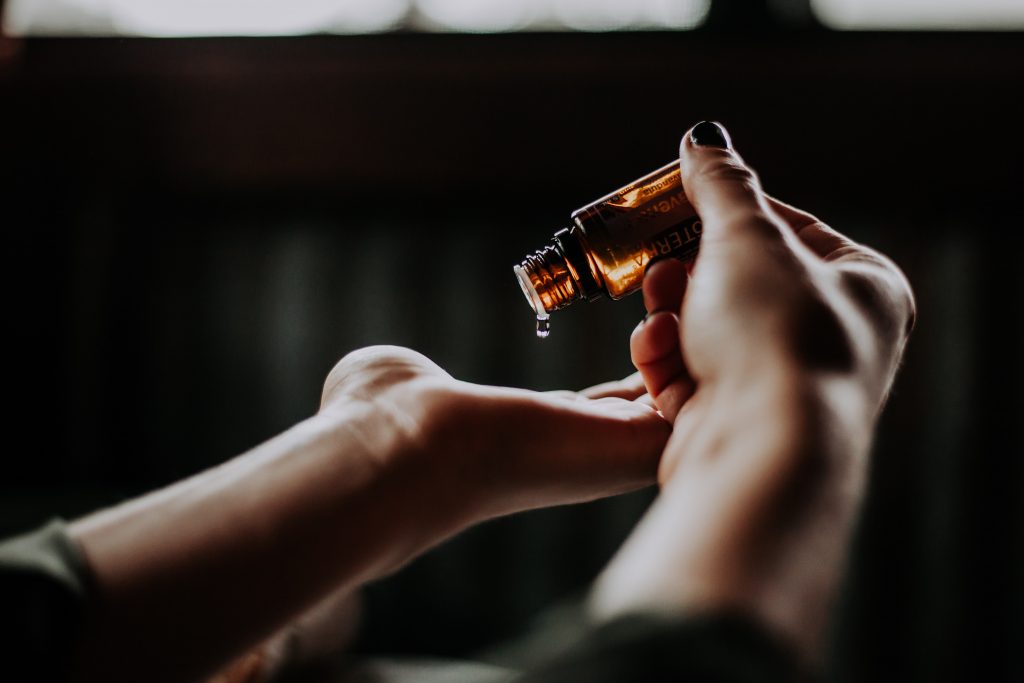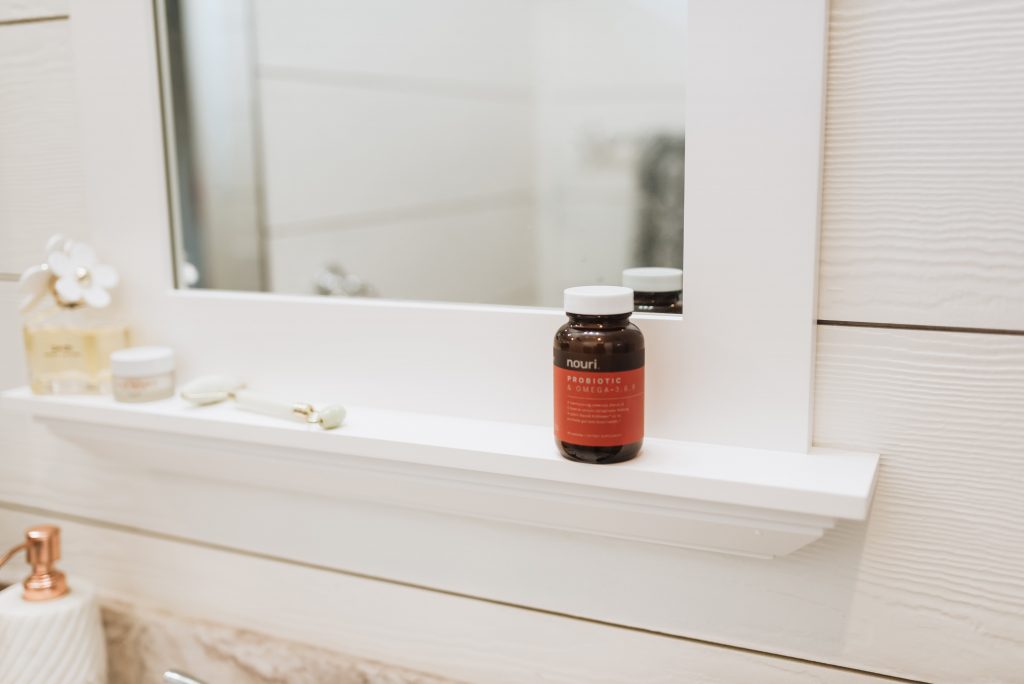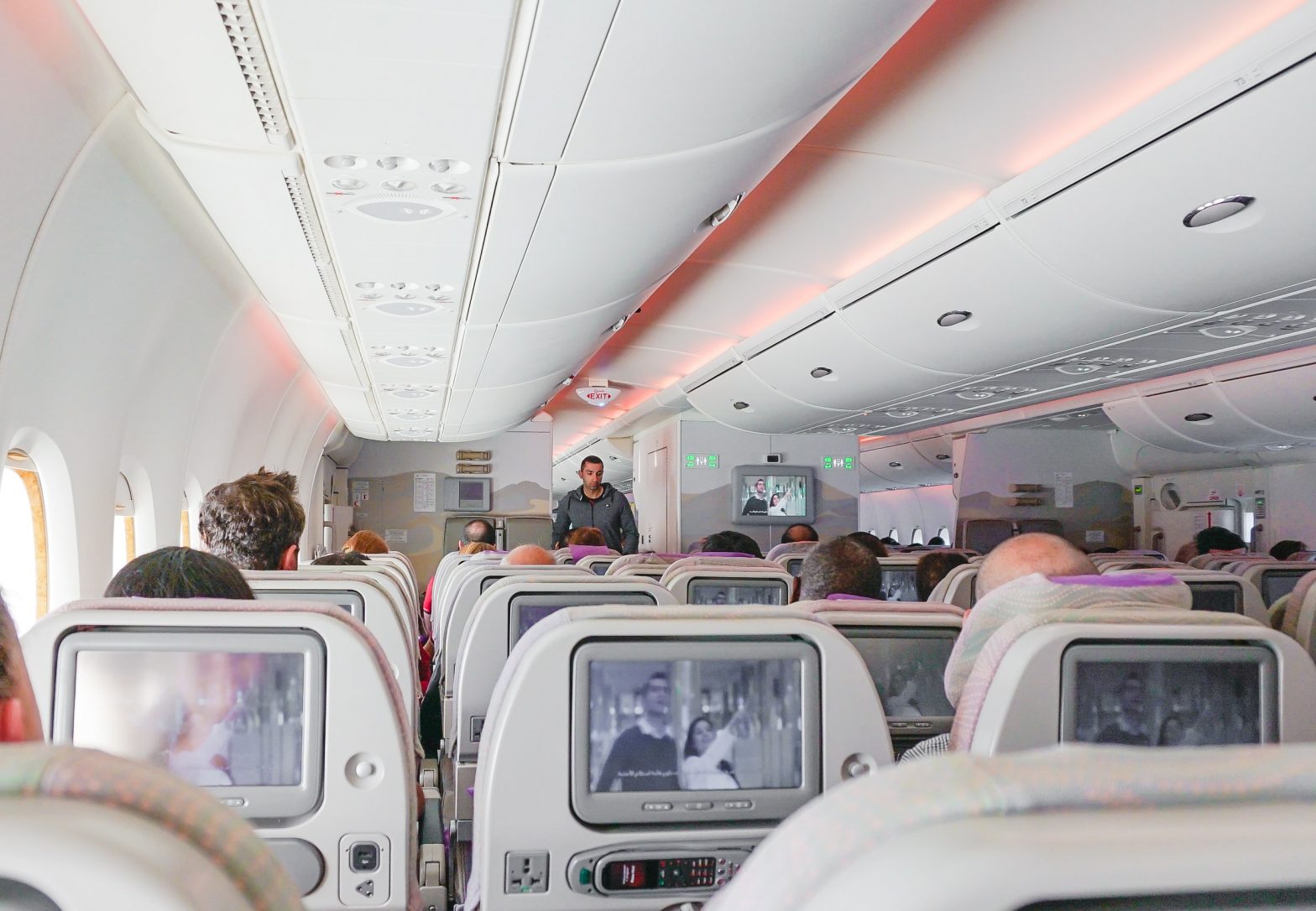Catch your flight – not a cold – thanks to these inflight travel hacks.
The last thing you want to take with you on holiday is a cold or flu bug. But travelling to your destination via plane is often the ideal setting to breed your next bacterial buddy.

The Journal of Environmental Health Research recently found that you’re 113 times more likely to catch a cold on a plane than during normal daily life, while Auburn University revealed disease-causing bacteria can survive for up to a week inside plane cabins.
But don’t switch to train travel just yet. There are clever ways to dodge germs while in the air, helping you arrive at your holiday – and back home – in good health.
Dr Cris Beer talks us through some of her midair wellness strategies, plus the best sickness-fighting sidekicks to ready you with extra inflight immunity.
Start with the right seat
You’re at a much higher risk of contracting germs if a person sitting within two metres has the sniffles.
“Unfortunately bugs can be transmitted in droplets expelled through coughing or sneezing up to two metres away,” Cris says. “I try to be one of the last to check in and request to be seated near spare seats.”
She has sad news for leg room lovers, too. Aisle seats are more exposed to germs from sick passengers walking around, so stick to the middle or window seats.
Once you’ve settled in, turn your air vent on and angle it directly down onto your face to help push bugs away. “This can help provide a force-field of filtered air as plane air is HEPA filtered before being recirculated,” she explains.
Hands to yourself
Common areas such as the bathroom carry the highest risk of bugs.
“Use paper towels when you touch the toilet seat, tap or door latch, and make sure you wash hands thoroughly after using the toilet,” Cris says. “Apply antibacterial gel to your hands after going to the bathroom.”

Sickness-proof your seat by wiping down your tray table with an antibacterial wipe because bugs can live for hours, and sometimes days, on a surface.
“Avoid touching your face with your hands as bugs need a point of entry into our bodies – usually through our mouth or nose,” she says.
Stay hydrated up high
Humidity on a plane is about 15 per cent and our mucous membranes inside our eyes, nose, mouth, and lungs are used to at least 30 per cent on land.

“Dry mucous membranes are more likely to become subject to irritation, minor trauma and infections,” explains Cris. “Drink plenty of water to stay hydrated – at least a glass for every hour of your flight – and avoid excess alcohol and caffeine.”
Another handy hack is to layer Vaseline around the inside of the nostrils to provide a barrier and stop your nose from drying out.
Wear a mask
Sure, you might look a little odd, but a face mask could be your best bet against nasty bacteria. Be sure to opt for quality medical-grade masks, advises Cris.
“These will protect for a maximum of eight hours before they need to be changed to a new mask, so carry spares to cover the duration of your flight,” she says.
It’s also a good idea to wear a mask if you’re feeling sick yourself, and do your bit to prevent your germs from spreading to other passengers.
Boost your immunity
As well as antibacterial gel and wipes, consider stocking up on vitamins before your flight. Cris recommends taking a vitamin C and zinc supplement for at least a week before a long-distance flight.

“I also take it during the flight and for several days afterwards incase an infection is brewing so I can help fight it off faster,” she says. “Taking a travel probiotic may also help because boosting beneficial gut bacteria has been shown to help boost immunity.”
